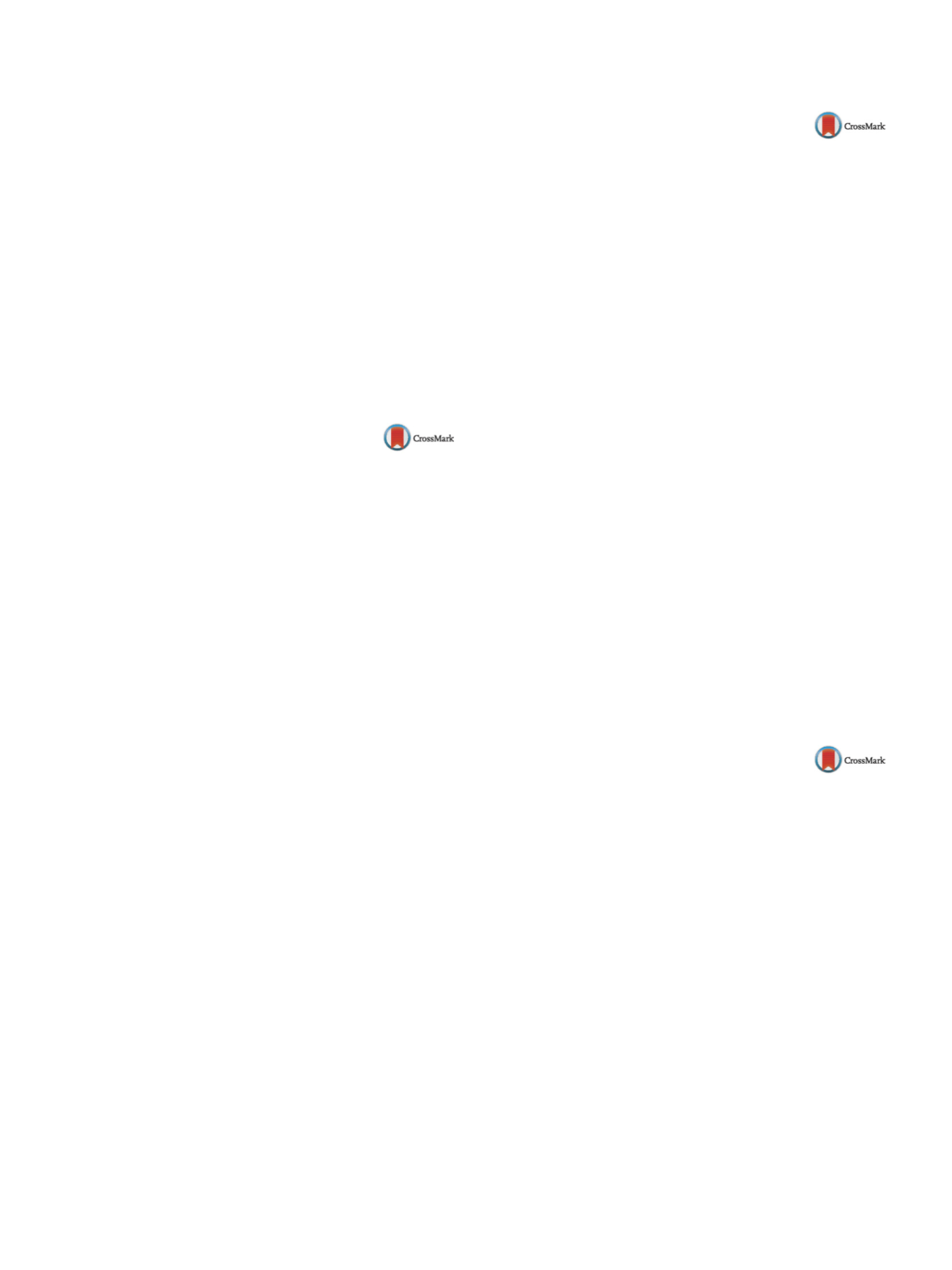

S516
25th European Congress of Psychiatry / European Psychiatry 41S (2017) S465–S520
Psychopathological signs reflect general and significant phe-
nomenon, the whole “extract” of a particular historical time,
consisting of a bizarre set of events, influential characters twisted
in an individual history of a patient. Except detailed “real” clinical
picture reflecting socio-political events, authors consider format-
ting mechanisms of “unreal” content of hallucinatory-delusional
symptoms. In such cases, main heroes are mythological charac-
ters for example gins or intimidating heroes of modern movies like
vampires and zombies. Events in the social sets, such as Facebook
and Instagram are also reflected in experiences of patients. Authors
focus their attention on a paradox of logical reflection of events in
the context of delusional symptoms versus paralogical interpreta-
tions. Research is based on clinical cases, and shows up a spectrum
of mechanisms of how events are either included or ignored in the
forming a content of psychopathological experiences.
Disclosure of interest
The authors have not supplied their decla-
ration of competing interest.
http://dx.doi.org/10.1016/j.eurpsy.2017.01.674EV0345
Mental health stigma among Oman
Medical Speciality Board (OMSB)
residents
S. Musharrafi
1 ,∗
, W. Al-Ruzaiqi
2, S. Al-Adawi
31
OMSB, psychiatry, Muscat, Oman
2
OMSB, Child health, Muscat, Oman
3
SQUH, Behavioral medicine, Muscat, Oman
∗
Corresponding author.
Background
Arab/Islamic culture such as those in Oman has been
prescribed to be part of “collective culture” where family is cen-
tral to one’s identity. It is not clear how mental illness is perceived
among young doctors in Oman in the light of modernization and
acculturation.
Aims
Explore the socio-cultural teaching impact on attitudes
towards mental health problems among Omani physicians.
Method
The consenting residents were asked to fill self-reported
questionnaire Attitudes towardsMental Health Problems (ATMHP).
It measure: external shame (beliefs that others will look down
on themselves self if one have mental health problems); internal
shame (related to negative self-evaluations); and reflected shame
(believing that one can bring shame to their family/community).
Socio-demographic information was also sought, including age,
gender and previous contact with a person with mental illness.
Results
One hundred and seventy residents filled the question-
naire. The response rate was > 80%. The majority were female. It
showed elevated scores in indices of external shame and reflected
shame. However, having a history of mental distress or having
contact with a person with mental illness have moderate indices
external shame and reflected shame.
Conclusion
This study suggests that medical education has lit-
tle eroded societal teaching among physicians under training in
Oman. Thus, their attitude toward mental disorder appears to be
expressed in term of external shame and reflected shame, which,
in turn, encapsulate cultural patterning of shame and the central-
ity of family identity in Oman. Such socio-cultural teaching could
lay groundwork for further research to mitigate mental illness in
Oman.
Disclosure of interest
The authors have not supplied their decla-
ration of competing interest.
http://dx.doi.org/10.1016/j.eurpsy.2017.01.675EV0346
Performance of cognitive measures
and affective ranges in clients marked
with spirit possession in Oman
S. Musharrafi
1 ,∗
, Y. Al-Kalbani
1, S. Al-Adawi
21
OMSB, psychiatry, Muscat, Oman
2
SQUH, Behvioral Medicine, Muscat, Oman
∗
Corresponding author.
Background
There is a dearth of studies that have explored cog-
nitive performance in different grades of spirit possession.
Aim
This study was undertaken to investigate two areas: the first
was to explore whether there is a difference in demographic char-
acteristics among presently defined grades of spirit possession in
Oman: total possession (TP), partial possession (PP) and symbi-
otic possession (SP) seen in the Omani society. The second was to
compare cognitive performance among the different grades of pos-
session. Assessment criteria for these three groups included indices
of current nonverbal reasoning ability, attention/concentration and
recall, and those measures calling upon executive functioning.
Results
In terms of socio-demographic characteristics, being
female, having loweducation and being in a particular age group are
strongly associated with participants classified as TP. In contrast,
the SP group endorsed more history of trauma. The three groups
showed performance variation in current nonverbal reasoning abil-
ity, attention/concentration and recall, and executive functioning,
with TP appearing to have poorer performance on these measures
compared to PP and SP.
Conclusion
Previous studies have investigated whether spirit
possession is a pathological state or a culture-specific idiom of dis-
tress. To our knowledge, this is the first study that has examined
performances in cognitive measures among different types of pos-
session. The entrance of possession trance disorder and dissociative
trance disorder into the psychiatric nomenclature warrants more
studies of this nature.
Disclosure of interest
The authors have not supplied their decla-
ration of competing interest.
http://dx.doi.org/10.1016/j.eurpsy.2017.01.676EV0347
Psychometric of questionnaire about
cultural factors comorbidity of
obsessions and major depressive
disorders in Iranian samples
G. Nikpour
1 ,∗
, A. Homayouni
21
Department of Psychology, Allameh Tabatabaii University, Tehran,
Iran
2
Department of Psychology, Bandargaz Branch, Islamic Azad
University, Bandargaz, Iran
∗
Corresponding author.
Background and purpose
Cultural signs may be found among peo-
ple that speak a local dialect or live in a specific region or historical
period. These cultural signs could influence psychopathology. The
aim of this study was to design and validate a questionnaire that
could evaluate the cultural factors causing concurrent obsessions
and major depressive disorders in Iran.
Materials and methods
To design the questionnaire, 10 psychol-
ogists and psychiatrists who were members of academic boards
were questionedby anopenquestionnaire. Then, the answers to the
questions were classified and based on exploratory factor analysis
the questionnaire containing 11 factors and 79 questions was con-
firmed. Internal homogeneity was analyzed by Cronbach’s alpha.
Results
The results of Cronbach’s alpha for all factors showed
that the highest reliability was 0.90 and the lowest was 0.42. In
exploratory factor analysis using Varimax rotation 11 factors were
extracted that predict 47.3% of the scale variance. 25 factors were
extracted of which14 had less than three items, therefore they


















